De Hierro Calendar
-
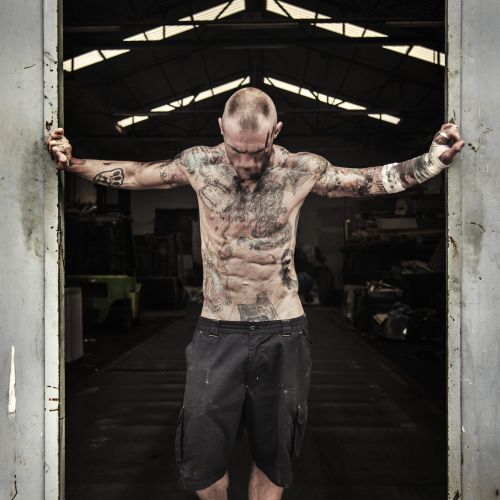

-
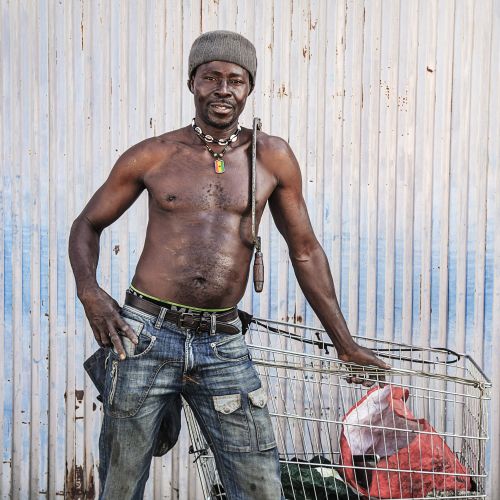
 JOHN AKA JANUARYEvery Morning From 6am On, I Scavenge For Iron And Trash Everywhere In Town.
JOHN AKA JANUARYEvery Morning From 6am On, I Scavenge For Iron And Trash Everywhere In Town. -
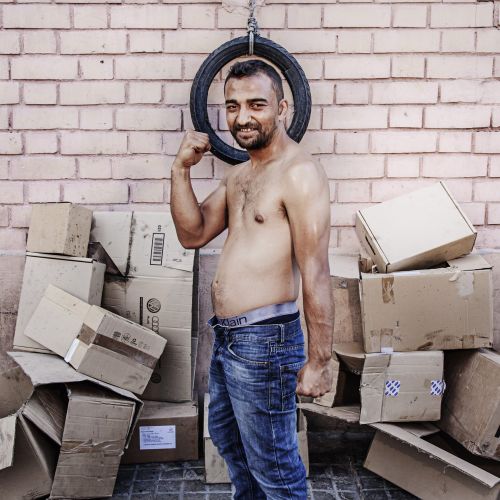
 ISAAC AKA FEBRUARYI No Longer Got Involved In Crime. You Really Need To Collect Large Amounts Of Paperboard In Order To Make Some Money Out Of It. There’s A Tip, However, To Get Some Extra Money And It Basically Consists Of Soaking The Paperboard So That It Is Heavier.
ISAAC AKA FEBRUARYI No Longer Got Involved In Crime. You Really Need To Collect Large Amounts Of Paperboard In Order To Make Some Money Out Of It. There’s A Tip, However, To Get Some Extra Money And It Basically Consists Of Soaking The Paperboard So That It Is Heavier. -
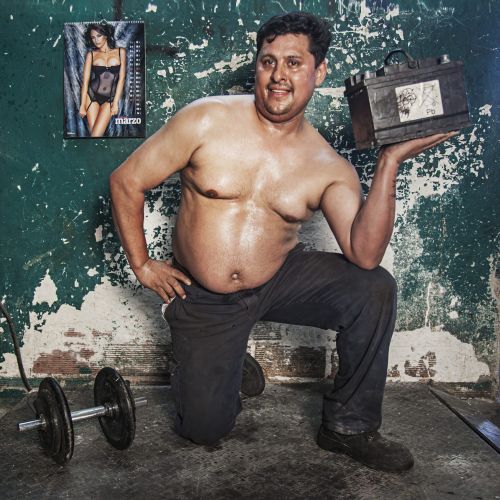
 LORENZO AKA MARCHI Feel Like A Busy Bee…More And More The Stuff To Weigh Is Increasingly Growing, Today, For Instance, Nearly A Thousand Kilograms Of Power Cables, Poor Quality Copper And Aluminium.
LORENZO AKA MARCHI Feel Like A Busy Bee…More And More The Stuff To Weigh Is Increasingly Growing, Today, For Instance, Nearly A Thousand Kilograms Of Power Cables, Poor Quality Copper And Aluminium. -
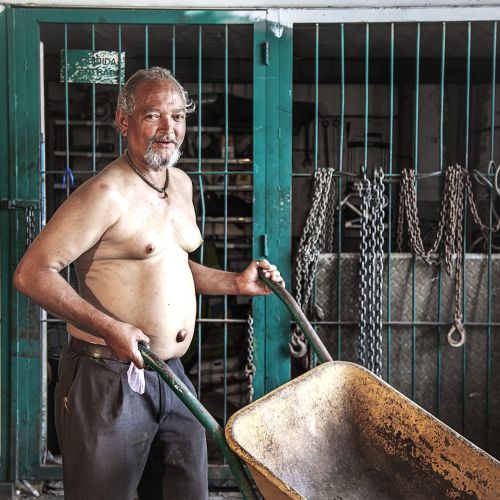
 JUAN CARLOS “EL CUBA” AKA APRILIt Is A Large Industry Because Thanks To Us Natural Resources Are Somehow Preserved And Protected. All Is Waste To Recycle.
JUAN CARLOS “EL CUBA” AKA APRILIt Is A Large Industry Because Thanks To Us Natural Resources Are Somehow Preserved And Protected. All Is Waste To Recycle. -
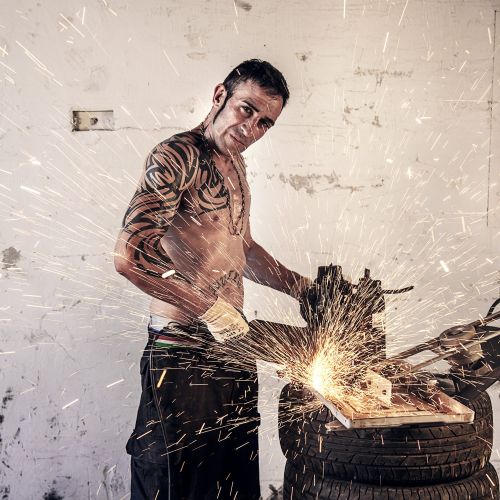
 GERMÁN AKA MAYI’m Into Scrap Metal, Working 12 Hours A Day, Non-Stop. When I Get Back Home, My Kids Are Already In Bed. I’m Missing So Much Of My Life, But At Least I Bring The Bacon Home.
GERMÁN AKA MAYI’m Into Scrap Metal, Working 12 Hours A Day, Non-Stop. When I Get Back Home, My Kids Are Already In Bed. I’m Missing So Much Of My Life, But At Least I Bring The Bacon Home. -
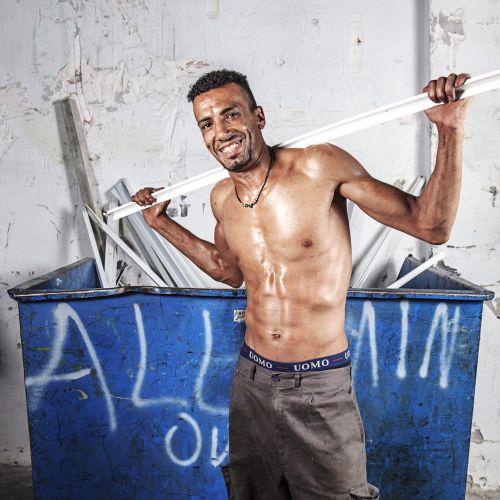
 KAMAL AKA JUNEI Come From Morocco. I Have Nearly Been Working 5 Months In This Industry. Not Surprisingly, There’s Even Some Of My Fellows Who Come Here And Bring The Scrap Back To My Home Country. They Fix It And Sell It In Second-Hand Markets. That’s A Win-Win Strategy.
KAMAL AKA JUNEI Come From Morocco. I Have Nearly Been Working 5 Months In This Industry. Not Surprisingly, There’s Even Some Of My Fellows Who Come Here And Bring The Scrap Back To My Home Country. They Fix It And Sell It In Second-Hand Markets. That’s A Win-Win Strategy. -
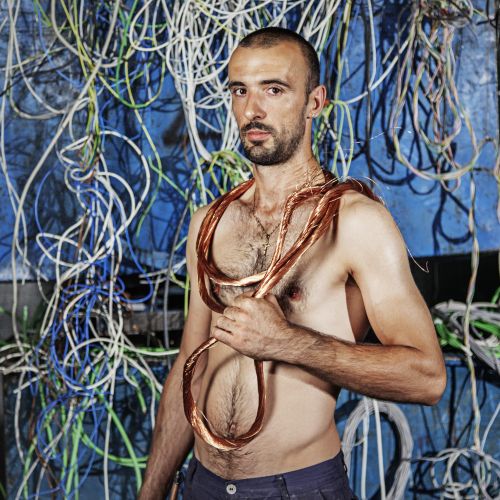
 SANDUK AKA JULYIn The Last Few Years Copper Has Become The Most Valued Metal. I Manage All Type Of Shredders And I Can Assure You What Everyone Is Looking For. Some People Even Risk Their Freedom.
SANDUK AKA JULYIn The Last Few Years Copper Has Become The Most Valued Metal. I Manage All Type Of Shredders And I Can Assure You What Everyone Is Looking For. Some People Even Risk Their Freedom. -
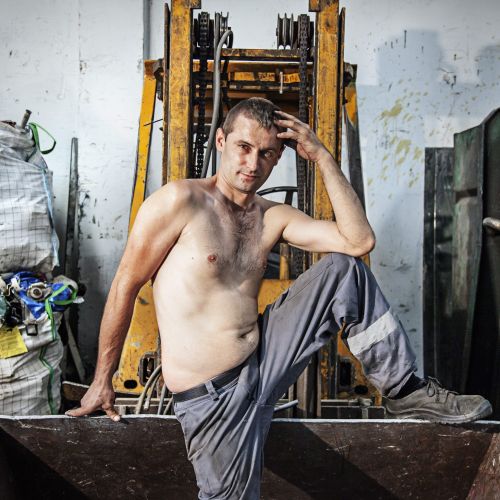
 DANI AKA AUGUSTI’ve Been Working In This Place For The Last 8 Years. One Thing You Need To Be On Top Of Is To Avoid People Bringing Shitty Stuff, We Just Need Iron, No Rubber. Not Surprisingly, In Romania We Also Recycle. I Learnt All I Know In Romania. I Actually Do The Same At Home.
DANI AKA AUGUSTI’ve Been Working In This Place For The Last 8 Years. One Thing You Need To Be On Top Of Is To Avoid People Bringing Shitty Stuff, We Just Need Iron, No Rubber. Not Surprisingly, In Romania We Also Recycle. I Learnt All I Know In Romania. I Actually Do The Same At Home. -

 ANDREI AKA SEPTEMBERThe Deaf-Mute Dubbed Guy Told Me That Scrap Dealing Is A Matter Of Men And That The Calendar Would Sell Very Well In The Area Of Sitges.
ANDREI AKA SEPTEMBERThe Deaf-Mute Dubbed Guy Told Me That Scrap Dealing Is A Matter Of Men And That The Calendar Would Sell Very Well In The Area Of Sitges. -
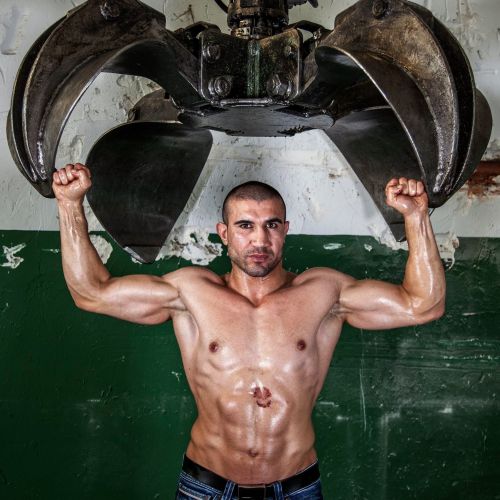
 IVO AKA OCTOBEREach Person Manages Life Stuff As Best As Possible. Each Choice In Life Requires Strength And Strong Conviction. Everyday I Run Into People Who Could Perfectly Hate Me Because Of My Otherness, But Had They Known About My Skills They Would Even Love Me.
IVO AKA OCTOBEREach Person Manages Life Stuff As Best As Possible. Each Choice In Life Requires Strength And Strong Conviction. Everyday I Run Into People Who Could Perfectly Hate Me Because Of My Otherness, But Had They Known About My Skills They Would Even Love Me. -
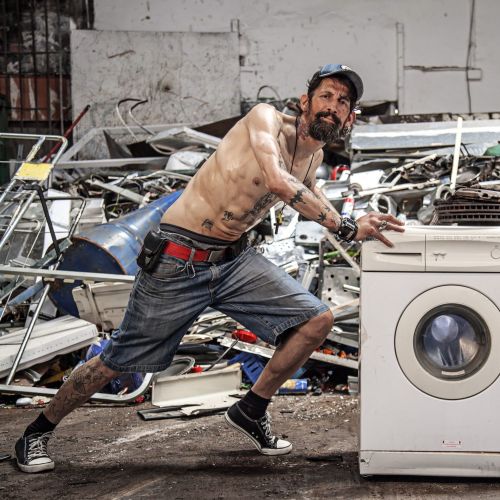
 EDUARDO AKA NOVEMBERI No Longer Look For Trash, She Comes To Me. Too Many Trash Seekers. Too Many Conflicts Indeed. I Go Beyond Conflicts Though. I Love Snooping Among Scrap And See Whether I Find Something Worthy. I Sometimes Even Consider Moving Back To Portugal.
EDUARDO AKA NOVEMBERI No Longer Look For Trash, She Comes To Me. Too Many Trash Seekers. Too Many Conflicts Indeed. I Go Beyond Conflicts Though. I Love Snooping Among Scrap And See Whether I Find Something Worthy. I Sometimes Even Consider Moving Back To Portugal. -
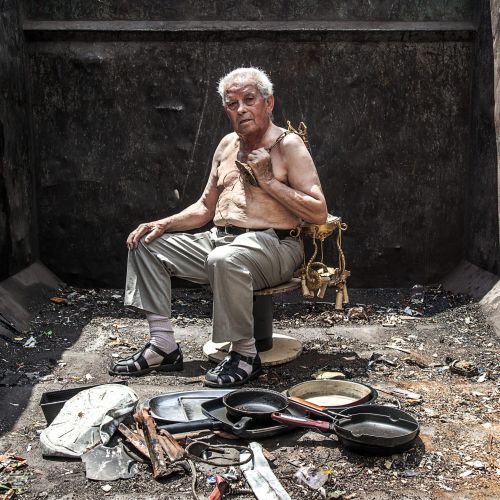
 MATEO AKA DECEMBERI Have Experienced War. I’ve Been Working In This Industry For The Last 8 Years. I’m 83. I Receive A Small Pension, Meaning That I Barely Earn Some Money To Cover My Expenses. My Wife And I Are Both Scrap Dealers And We Do So In Order To Earn A Life; However, I Sometimes Don’t Even Make Enough Money To Pay For A Coffee.
MATEO AKA DECEMBERI Have Experienced War. I’ve Been Working In This Industry For The Last 8 Years. I’m 83. I Receive A Small Pension, Meaning That I Barely Earn Some Money To Cover My Expenses. My Wife And I Are Both Scrap Dealers And We Do So In Order To Earn A Life; However, I Sometimes Don’t Even Make Enough Money To Pay For A Coffee.
De Hierro Calendar
Sometime in the twentieth century, that rare sexual fantasy was created: firefighters are sexy. Maybe it was the answer to another sexual fantasy that was just as weird: nurses are.
If they can be sexually sweeping people who smell sweat or serum, stained with coal or blood, forced to work with gloves and masks, could not also the scrap dealers? Scrap is not sexy because nothing is in essence: it is our gaze that eroticizes certain bodies, certain objects, while relegating others to the dead zone of stigma, of the marginal, of the abject.
This project questions precisely that, the mechanisms in which we decide that something must be looked at, and even desired, by all, while other things must be ignored, hidden, as if they did not exist. In the cities there are not only avenues and police and trees and monuments and advertising panels and shops and galleries and terraces and even firemen, there are also garbage, gas stations, parking, beggars, scrap metal, scrap metal. Let’s look at them. Let’s look at twelve of their bodies. They can be sexy, if our eyes decide, if we propose to subvert certain codes, look with different eyes. Eyes that are ours, not what we consume consumption and capital, with their collective fantasies, so rare. But this calendar of the photographer Severine Sajous is not only a very serious parody of the calendars of firemen or of Playboy girls, also in a story of the process that the metallic residues follow, how they are transported by the streets, how they enter the illegal junkyards , how they are there weighed, worked, recycled, transformed, sold. During the twelve months of a year, one for each photograph, we will travel without moving so much the seasons of the year as, also, those of the industrial processes that precariousness turns into forms of craftsmanship. Of craftsmanship as necessary survival. But this photo-report by Severine Sajous is not just a calendar and a story, it is also many other things: a denunciation that makes visible, unavoidable, a reality that we do not want to look at; a counter-chronicle of Barcelona from some of its most peripheral spaces, from Poblenou to Sant Adrià del Besós, in one of the city’s borders, where the design metropolis melts into lots, abandoned factories, buildings under construction and industrial estates ; and a fragment of an autobiography: the one of a look that comes from France, that is installed in Barcelona, that includes the migration and the nomadism because it feels it in its own skin. But this denunciation, this political work, this chronicle of the darkest city, this passage of an autobiography is still something else: an obsession. Thanks to tenacity and insistence, to her condition as a neighbor and witness and accomplice, the author has understood, as nobody else, a world. And we are lucky that he has decided, through his memorable images, to share it with us.
Prologue written by Jorge Carrión, writer & literary critic